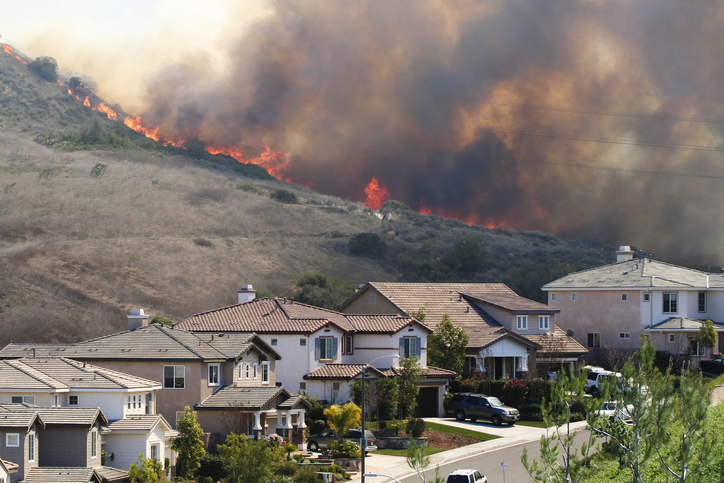
On the evening of Wednesday, 9 October, Pacific Gas & Electric began the process of cutting off the electricity supply for 2.4 million Californians in order to diminish its wildfire risk. Meteorological forecasts suggested dry, gusty winds in certain areas, increasing the likelihood for fires starting. Given its dependency on the weather, PG&E has not made it clear how long the forced outage, which is occurring in phases over the course of the forecast period, may last.
The event, which is the largest yet of its kind, may become part of a ‘new normal’ for California residents as the state seeks to mitigate its wildfire risk. Investigations into the state’s spate of highly destructive wildfires in 2018 concluded that faulty PG&E equipment and power lines were responsible for at least 16 of the blazes. The utility filed for bankruptcy protection in January and faces around $8.4 billion in potential liabilities due to 30,000 plaintiffs. Overall, the 2018 fire season led to $12 billion in insurance claims. The estimated cost for inspecting and updating California’s power grid, trimming trees and moving power lines, lies between $75 and $150 billion.
The decision to use forced blackouts as a fire-prevention tactic naturally places a heavy economic burden on California’s numerous private businesses, farms, banks, schools, hospitals, and citizens. Frustrations have already been aired on social media, with family businesses losing income, traffic build-ups, and bank accounts going into arrears as employees are paid in cash. Estimates from the climate and energy-policy programme at the Stanford Woods Institute for the Environment suggest that the economic impact of the outages could be from $65 million to $2.5 billion, depending on the length of the outage.
The Centre for Risk Studies has examined the impacts to businesses from extended power outages multiple times. In these studies, the outages were caused by damaging interference with equipment, cyber actors in the case of the Business Blackout and Integrated Infrastructure reports, and by a massive solar flare, in the Helios Solar Storm Report. In these scenarios, outages lasting between 3 days and two weeks affecting the entire US cost the economy $135-243 billion over 5 years.
California’s outages are shorter, more controlled, and, in this case, affect less than 6% of the state’s vast population. Wildfires certainly threaten its vitality and future. If power cuts are to continue as a fire protection measure, however, losses will inevitably stack, costing the technologically and industrially prominent state billions in lost earnings, stalled productivity, and diminishing public trust.



Leave a Reply